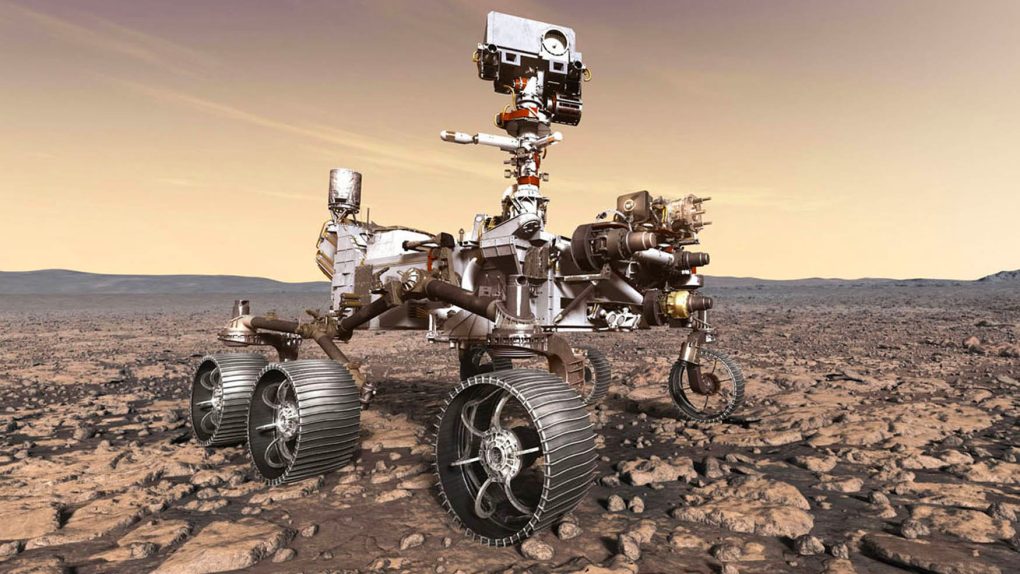- NASA successfully landed its Perseverance rover on Mars last week, and the rover is already sending back some truly stunning images and video from its brief time on the planet.
- In a new 360-degree video published to YouTube, we get to see the entire landing site, and you can pan and zoom to your heart’s content.
- The rover mission will last for years, and now that NASA has given the robot a clean bill of health after the long trip to Mars, we can expect scientific efforts to begin shortly.
NASA’s Mars 2020 mission finally landed on the Red Planet last week. The Perseverance rover and the Mars Ingenuity helicopter both safely landed on the planet and are doing well. NASA was able to share a very small, blurry image from the rover shortly after its landing to confirm it was alive and well, but we knew it would take a few days to get higher-quality snapshots. Now, NASA has delivered in a big way.
NASA’s Jet Propulsion Laboratory just published a brand new 360-degree video of the Martian surface surrounding the landing site. We’re treated to exactly what the rover itself can see from its current position, and while it might look like a dry, inhabitable wasteland, there are still some exciting discoveries to be made here. Check it out for yourself.
You’re going to want to make sure you’re viewing it at the highest quality you can (depending on your internet connection) and you can pan and zoom with your mouse if you’re on a desktop or laptop, or with your finger if you’re on mobile. Here’s the video:
“This video shows the first 360-degree view of the landing site of NASA’s Perseverance rover on Mars, as captured by the rover’s color Navigation Cameras, or Navcams,” NASA explains. “The Navcams are on the remote sensing mast (or “head”) of the rover. Perseverance possesses the most cameras of any Mars rover to date, with 19 on the rover. Perseverance landed on Mars’ Jezero Crater on February 18, 2021. These images were obtained on February 20, 2021.”
Mars missions move notoriously slow, and that’s for some pretty obvious reasons. For one, real-time control of the rover isn’t possible due to the distance between Earth and Mars, so the robot has to take commands and then do what it can with them. This rover is smarter than any Mars robot before it. but it still has a leash, so to speak, and won’t do much without being directed. For now, the fact that the rover is safe and sound on Mars is enough, and capturing some images of the landing area is one of the very first steps in deciding what the rover should investigate and which targets are of the greatest scientific importance.
Eventually, Perseverance will take samples of the surface and analyze them. It will also prepare samples for future missions to scoop up and return to Earth, but that won’t be for some time. For now, let’s all just enjoy the view.








